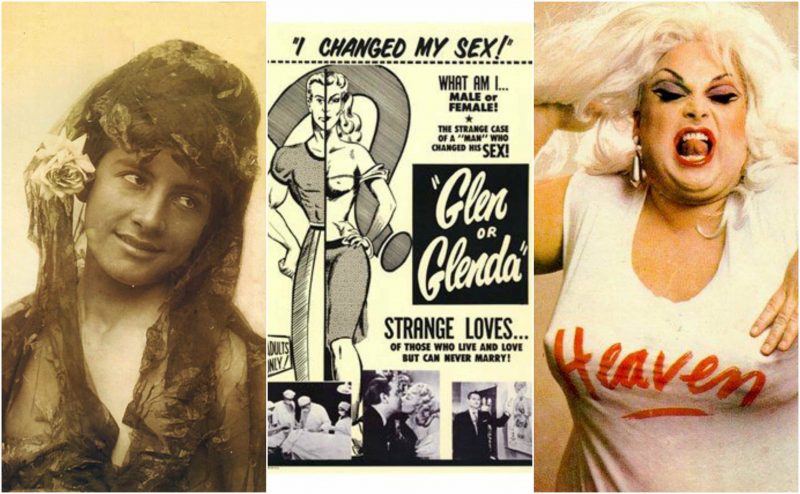History of cross-dressing
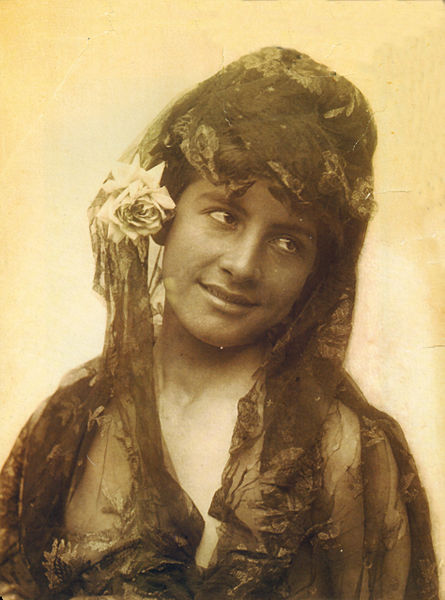
Almost every human society has had at least a limited perception of the appropriate standards for each gender relating to style, color, or type of clothing they are expected to wear. You don’t mess up with clothing and tradition like you are some kind of Coco Chanel.
And yet, the forbidden fruit is the sweetest. Cross-dressing has been practiced throughout much of recorded history and in many societies. There are many examples in Greek, Norse, and Hindu mythology. A reasonable number of historical figures are known to have cross-dressed to varying degrees and for a variety of reasons. There is a rich history of cross-dressing found in folklore, literature, theater and music.
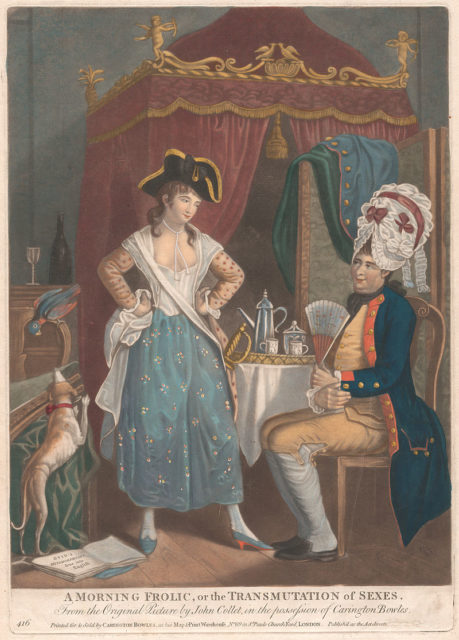
Glen or Glenda?
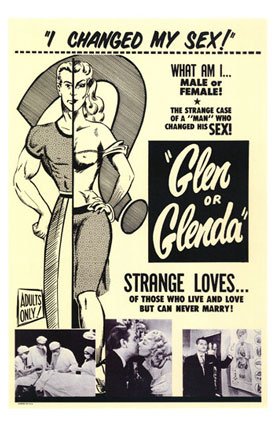
Glen or Glenda is a 1953 drama film written, directed by, and starring Ed Wood who was not shy about going out in public dressed in drag as Shirley, his alter ego—female character. Shirley had nothing to do with transgender, homosexuality, fetish or sexuality at all, neither with superheroism. It was just a female alter ego of Ed Wood.
The film is a docudrama about cross-dressing and transsexuality and is semi-autobiographical in nature. Since Wood himself was a cross-dresser, the film is a plea for tolerance. It is widely considered one of the worst movies ever. However, it has become a cult film due to its low-budget production values and idiosyncratic style.
Cross-dressers
In the past, men and women cross-dressed to assume new roles, to enable them to do things they otherwise couldn’t, or because they just plain wanted to. Here are some individuals who for whatever reason decided to adopt the clothing of the opposite sex:
Chevalier d’Eon (1728 – 1810)
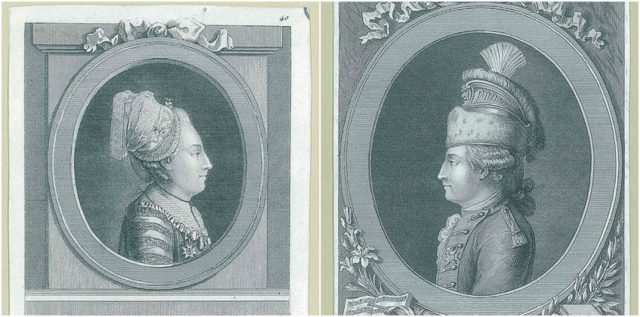
Chevalier d’Éon was a French diplomat, spy, freemason, and soldier who fought in the Seven Years’ War. D’Éon appeared publicly as a man and pursued masculine occupations for 49 years, although during that time d’Éon successfully infiltrated the court of Empress Elizabeth of Russia by presenting as a woman. For 33 years, from 1777, d’Éon dressed as a woman, claiming to be female. Doctors who examined d’Éon’s body after his death discovered that he was actually male
Hermann von Teschenberg (1866 – 1911)
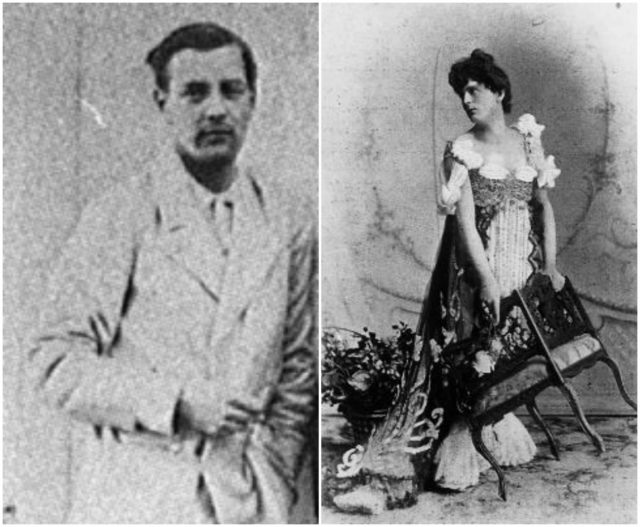
Teschenberg was an Austrian barrister, translator, and an LGBT rights activist. He studied law in college and married, although the name of his wife is not known. He was discovered kissing a soldier in Prater park in Vienna, after which he fled to Italy in 1893-94, and later to England. By his own account, he met Oscar Wilde and tried to mediate between the writer and the Marquess of Queensberry. He translated some of Oscar Wilde’s works into the German language. He was also a cross-dresser and photographed several times wearing women’s clothing for the Committee magazine.
Isabelle Eberhardt (1877 – 1904)

Born in Switzerland, Eberhardt moved to North African in 1897, where she became an explorer under the assumed name of Si Mahmoud Essadi. Male clothing allowed her to move freely in Arab society, and she eventually joined the Sufi sect Qadiriyya, impressing them so much with her piety that she was initiated as a faqir, a male member of the order. During her short life, she also acted as a spy and briefly took up arms in an Algerian revolt against France.
Shi Pei-Pu (1938 – 2009)
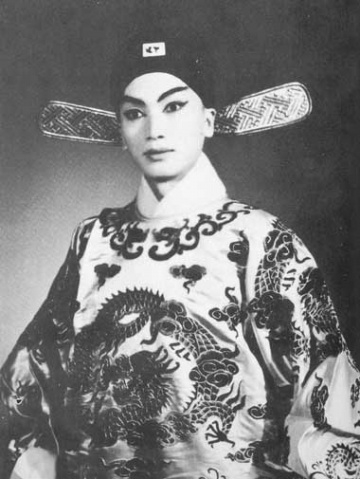
Male opera singer Shi Pei-Pu met Bernard Boursicot, an employee at the French Embassy in Beijing when Shi was 26. After convincing Boursicot that he was actually a woman dressed as a man, they began an affair. Amazingly, the charade continued for 20 years, with Shi at one stage claiming to have borne him a son. Boursicot even began handing over secret documents to the Chinese in order to help Shi’s position in the Communist party. In 1982, Boursicot brought Shi and his son to Paris, where they were eventually arrested for espionage. When Shi’s identity was revealed, Boursicot physically attacked him, slashing his throat. Shi survived. A successful play and then movie, M. Butterfly, was loosely based on Shi’s life.
J. Edgar Hoover, FBI (1895-1972)
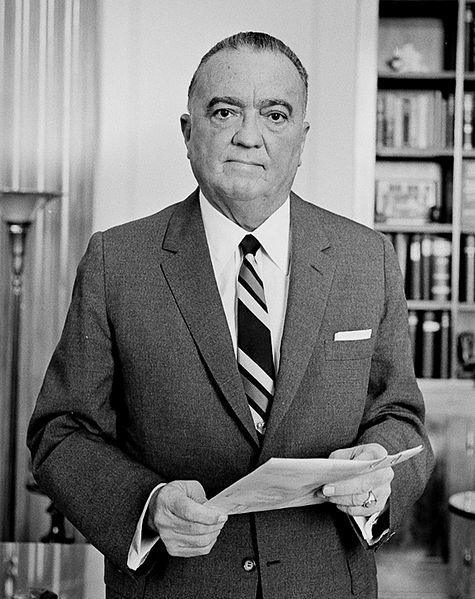
This hard-nosed FBI chief was known for maintaining files on virtually every person that had a semblance of interest about them. Turns out that J. Edgar was a pretty interesting guy himself, known for cross-dressing under the name Murielâ in the late 50’s according to some socialites. It has never been definitively proven that he was a cross-dresser or even gay, though he did attack anyone who made the mistake of raising any insinuations. It’s also been intimated that organized crime blackmailed Hoover with this info so as to escape his zealous prosecution.
Divine (1945-1988)

Harris Glenn Milstead, better known by his stage name Divine, was an American actor, singer and drag queen. Milstead developed an early interest in drag while working as a women’s hairdresser. By the mid-1960s he had embraced the city’s counter-cultural scene and befriended director John Waters, who gave him the name “Divine” and the tagline of “the most beautiful woman in the world, almost.”
And so on…
